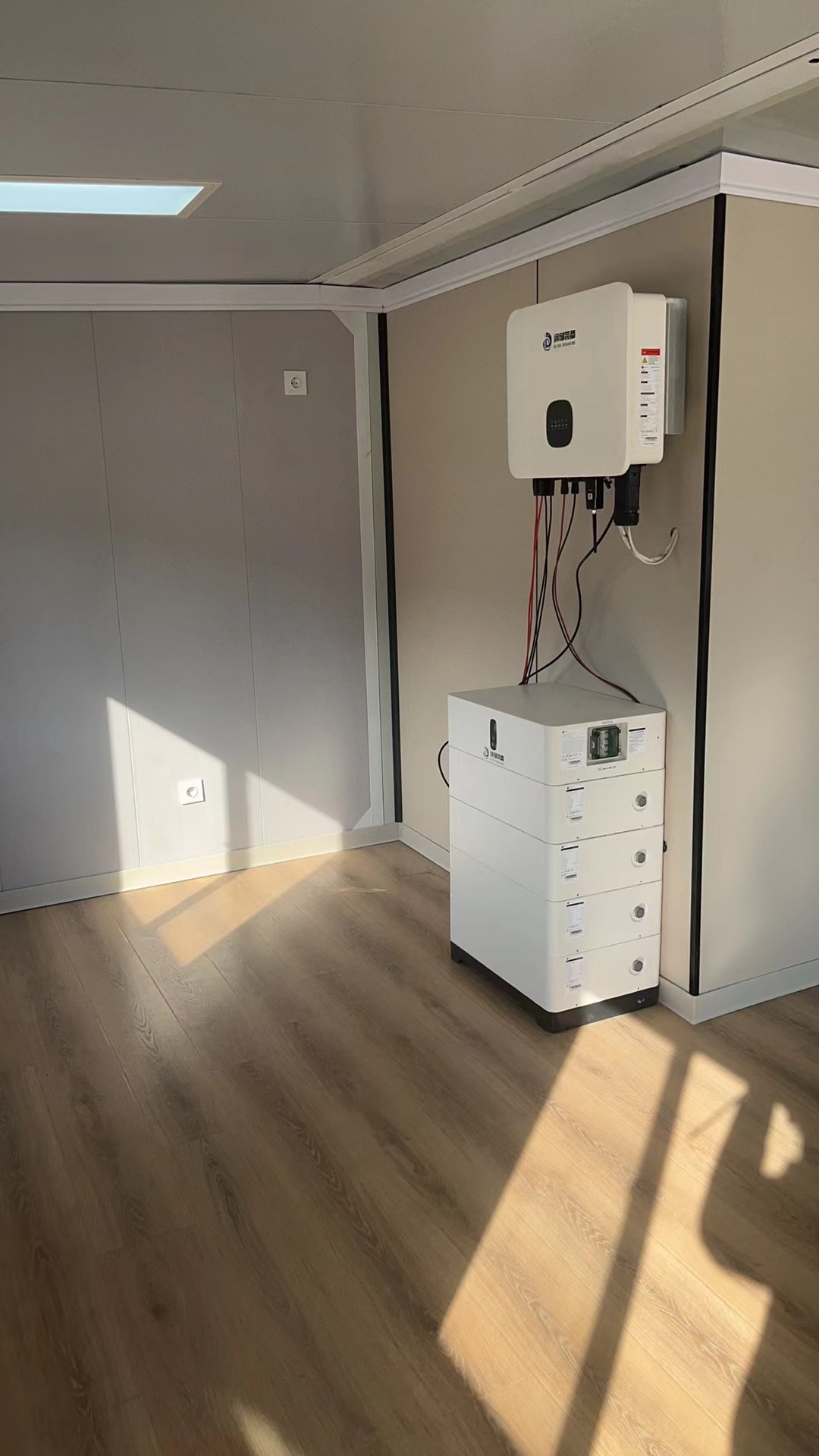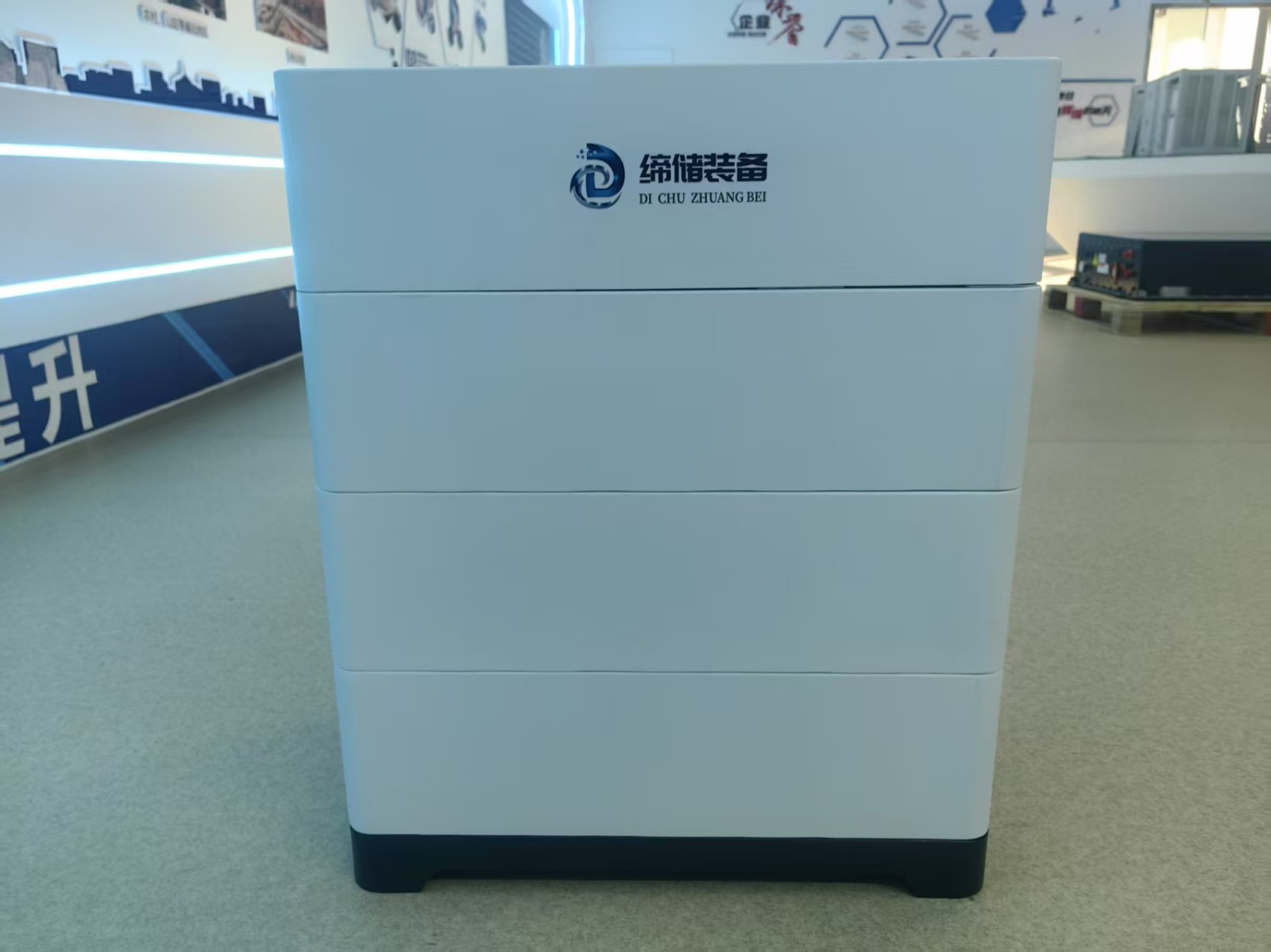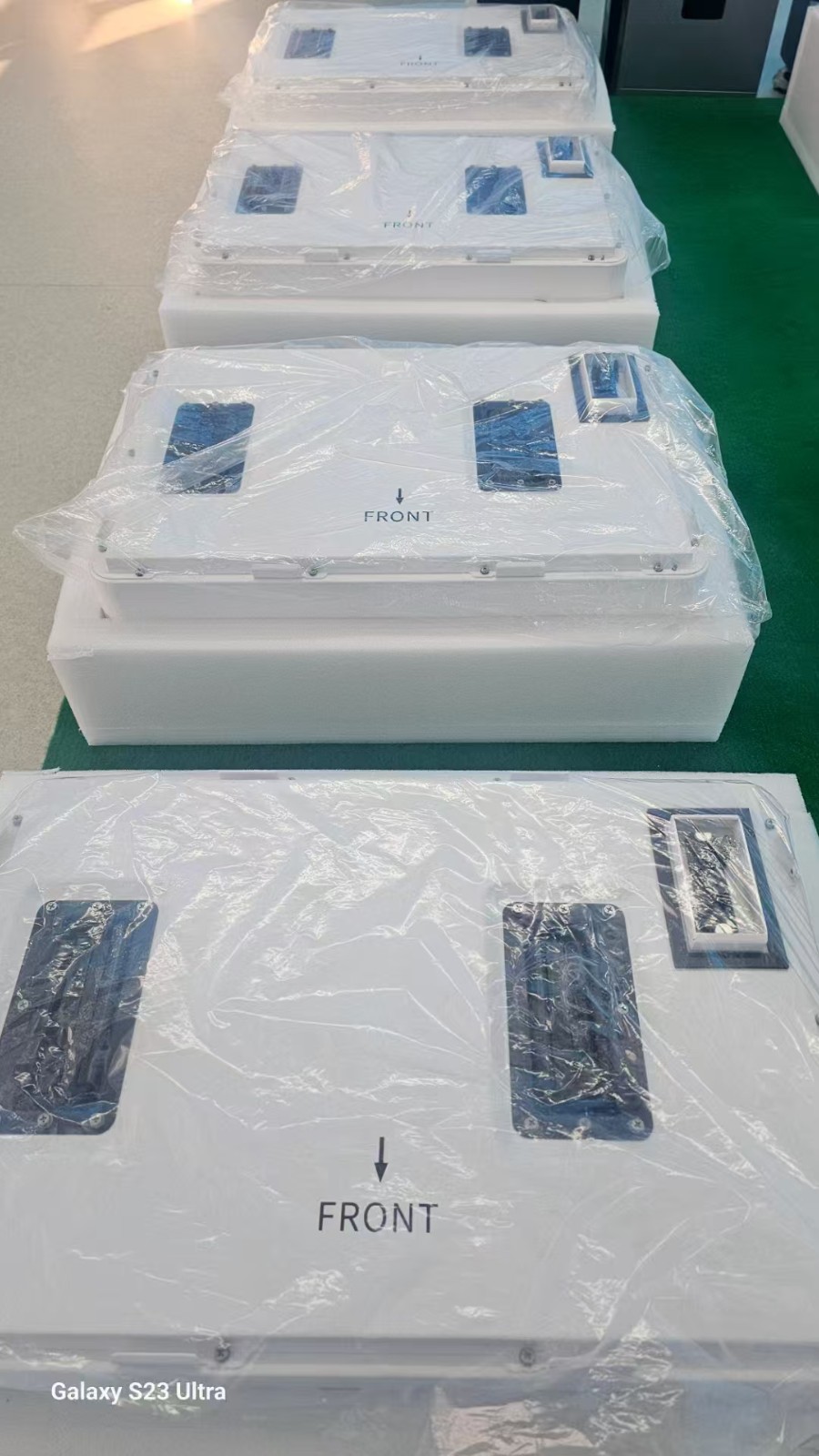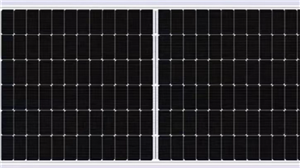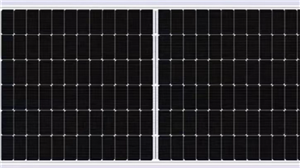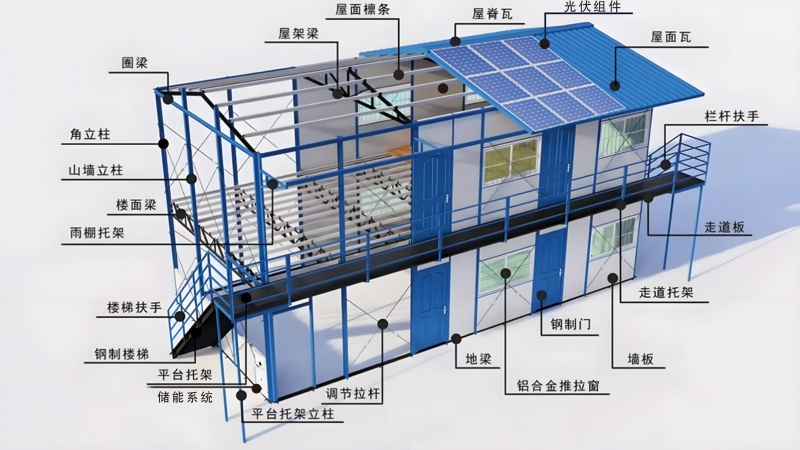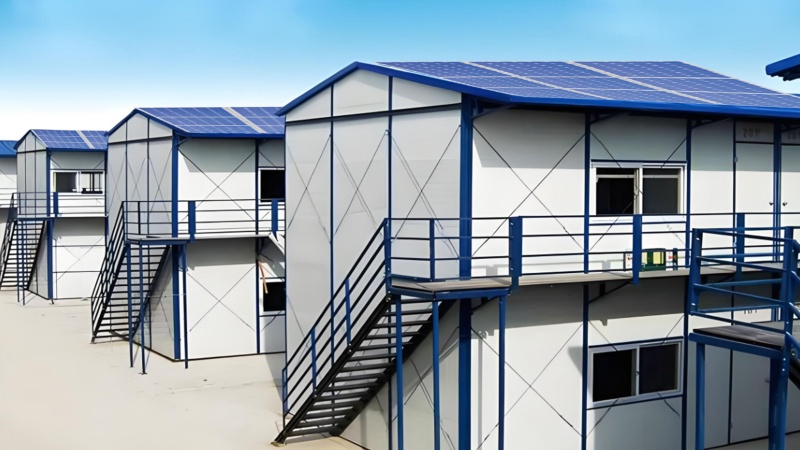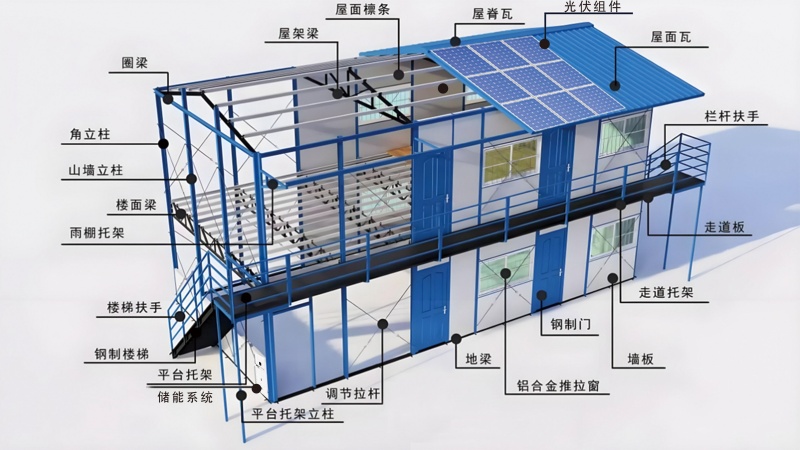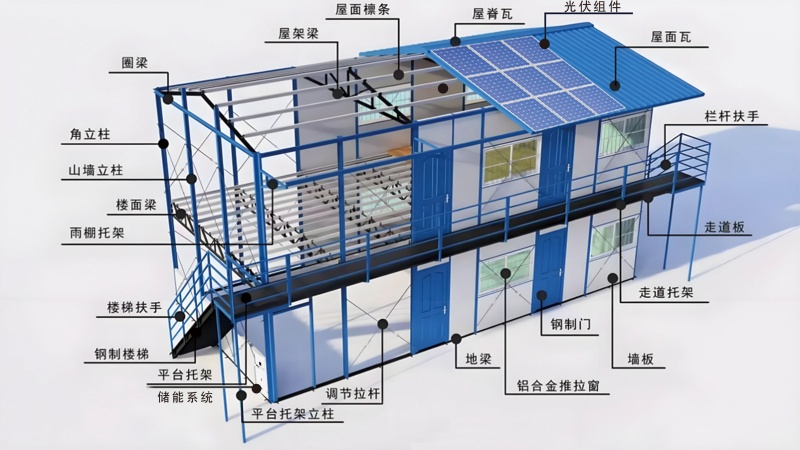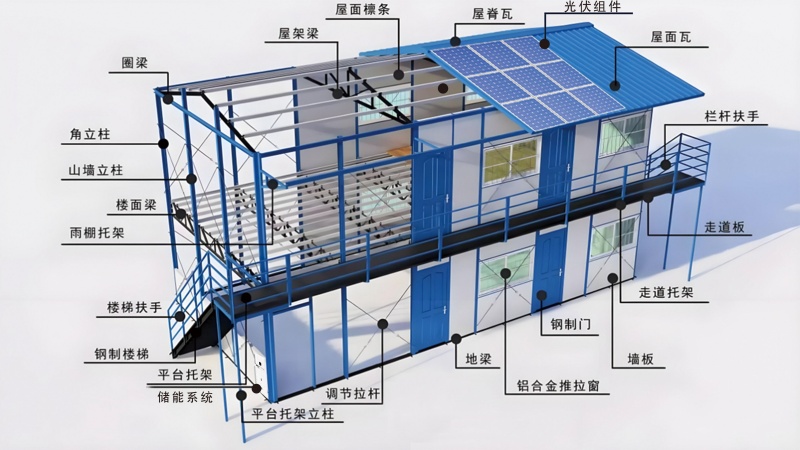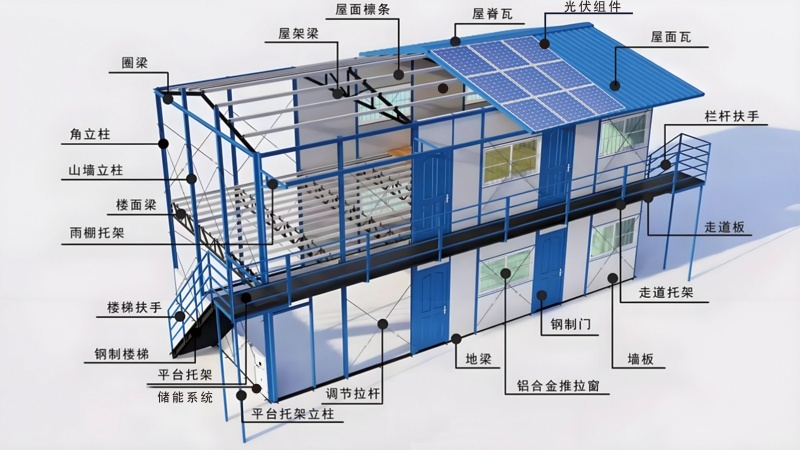
Light Storage Green Intelligent Prefabricated Modular Cabin
Brand Dichu Equipment Technology (Shandong) Co., Ltd.
Product origin Weifang, China
Delivery time 15-20 days (can be expedited)
Supply capacity Annual output 1 million square meters
Solar energy storage green intelligent prefabricated modular cabin, integrated with solar energy storage to achieve clean energy utilization and reduce energy consumption. The materials are environmentally friendly, energy-saving, heat-insulating and recyclable, and the structure is safe and adaptable to various terrains. The construction is flexible and delivered quickly, and the space customization meets multiple needs. It is both economical and beautiful, and is a high-quality choice for temporary offices, emergency housing, eco-tourism and other fields, bringing users a new experience of safety, energy saving, flexibility, convenience, economy and beauty.
1.Product name: Solar energy storage green intelligent prefabricated modular cabin
2.Product images
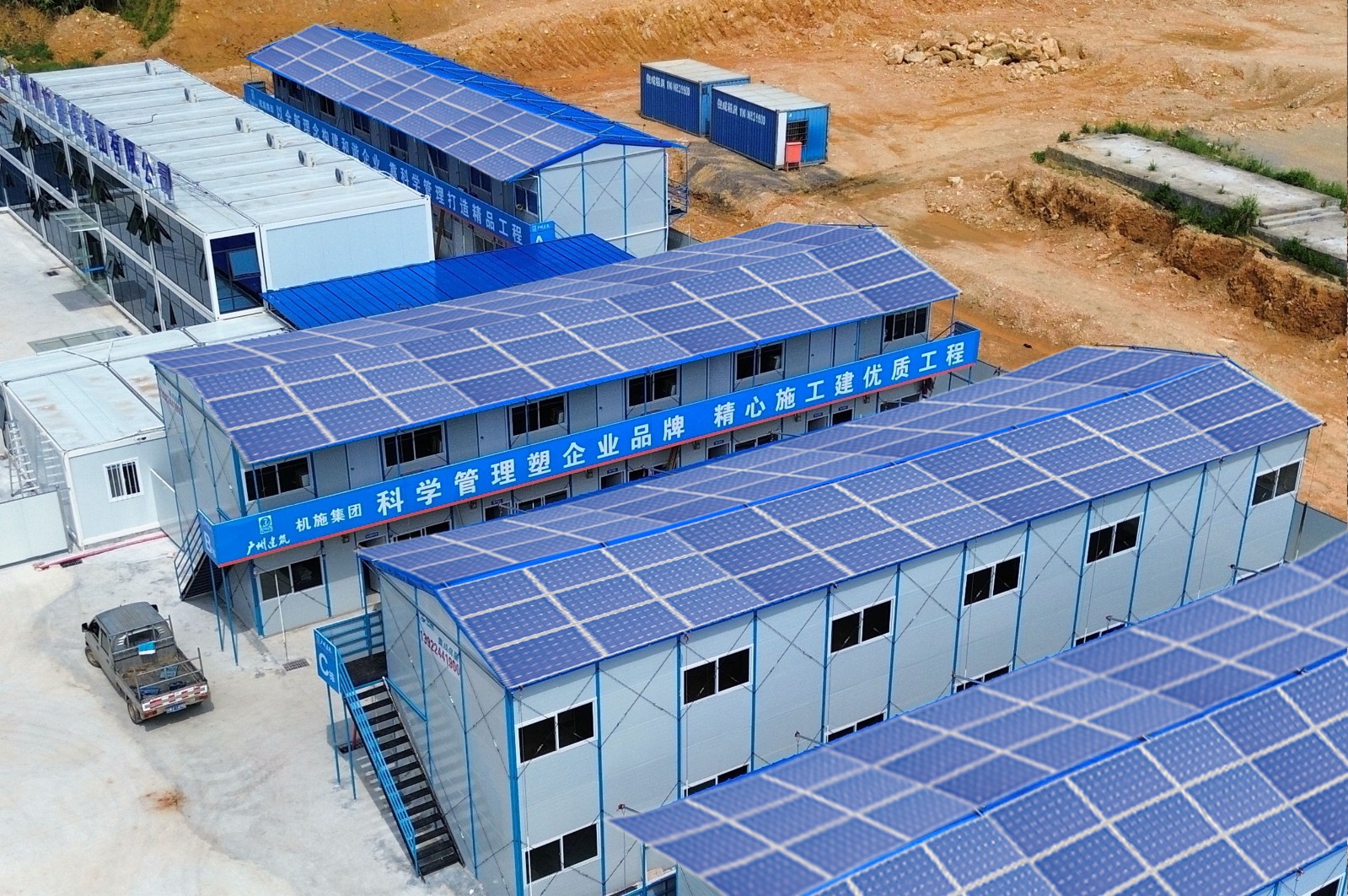


3. Product Detailed Description:
The photovoltaic green smart modular cabin is a color steel mobile house that integrates a photovoltaic energy storage integrated system, providing users with efficient, environmentally friendly and intelligent living or use space. This house not only has the flexibility and convenience of traditional mobile houses, but also achieves energy self-sufficiency and intelligent management through advanced photovoltaic energy storage technology, which is an innovative breakthrough in the field of green buildings.
Product Features
The structure of the photovoltaic green smart modular cabin: It adopts a combination of light steel frame and rock wool color steel plate splicing, with good thermal insulation performance, fire resistance, wind resistance and earthquake resistance. The modular design is reusable, and the installation and disassembly are fast and convenient, which conforms to the concept of environmental protection.
2. Photovoltaic energy storage integrated system:
The photovoltaic green smart modular cabin is equipped with high-performance solar photovoltaic panels, which are installed on the top of the house to convert solar energy into electrical energy, give priority to solar power generation, and store excess electricity to ensure stable power supply on rainy days or at night, so as to achieve self-generation and self-use of energy without relying on the external power grid. The excess electricity can also be sold on the grid, saving electricity costs in the long term.
Intelligent management of photovoltaic green intelligent modular cabins: equipped with energy management system (EMS) and battery management system (BMS) to achieve intelligent monitoring and management. It has functions such as overcharge protection, over-discharge protection, temperature monitoring, etc. to ensure stable operation in various environments.
Stable power supply of photovoltaic green intelligent modular cabins: It has peak shaving and valley filling, frequency modulation and peak shaving functions, improves the quality of the power grid, and reduces power consumption fluctuations on the user side.
Application scenarios of photovoltaic intelligent prefabricated houses below 20k: enterprises and institutions, disaster relief, business, conference rooms, field operation barracks, municipal resettlement houses, homestays, military training bases, communication base stations, villas, emergency, etc.
Advantages of photovoltaic intelligent prefabricated houses below 20k: low carbon, green, energy-saving, economical and environmentally friendly, easy to disassemble and assemble, fireproof and heat-insulating, long service life
4. Product details parameters: Specifications: 5620 mm*3640mm (color and size can be customized)
7440mm*3640mm
part name | Material | Single layer(mm) | Double Layer(mm) | Three-layer(mm) | |
Frame
Frame | Front wall column | Double 80#C steel | 1.6(±0.1) | 1.8(±0.1) |
|
Middle column | Double 80#C steel |
|
|
| |
Rear column | Double 80#C steel | 1.6(±0.1) | 1.8(±0.1) |
| |
Floor beam | 80#C steel |
| 1.8(±0.1) |
| |
Geotrough | 80#C steel | 1.8(±0.1) | |||
Roof beam | 80#C steel | 1.8(±0.1) | |||
Floor purlin | 80#C steel | 1.8(±0.1) | |||
Roof purlin | 80#C steel | 1.8(±0.1) | |||
Corridor bracket | 80#C steel | 1.8(±0.1) | |||
stairs | Steel Stairs | 1.8(±0.1) | |||
Walkway board | Checkered Plate | 1.8(±0.1) | |||
Floor (red/white) | Multilayer sandwich panel | 1.8(±0.1) | |||
Board
Material
| Roofing | 50# rock wool board | 030/030(±0.01)Weighted cotton | ||
Wall panels | 50# rock wool board | 030/030(±0.01)Weighted cotton/single film | |||
Door with frame (push handle lock) | (ordinary) | 04 Door |
| ||
Plastic steel window (three tracks) | (Normal/Anti-theft) | Winning bid for anti-theft windows |
| ||
|
|
| |||
5. Product details pictures and description
The prefabricated house mainly has light steel frame structure and color steel sandwich panel structure. The following is a specific description:
Light steel frame structure
Steel column: usually C-shaped steel or square steel pipe is used. It is the main vertical load-bearing component of the prefabricated house. It is arranged at a certain distance along the four corners of the prefabricated house and the length of the wall. The weight of the prefabricated house is transferred to the foundation. It can withstand large vertical and horizontal loads to ensure the stability of the structure.
Steel beam: Generally, C-shaped steel or H-shaped steel is used as a horizontal load-bearing component. It is placed on the steel column, bears the load of the roof and floor, and transfers the load to the steel column.
Purlin: Mostly C-shaped steel or Z-shaped steel, arranged vertically with the steel beam, used to support the roof color steel sandwich panel or roof panel, and evenly transfer the roof load to the steel beam. The spacing is determined according to the specifications and load requirements of the roof panel.
Support system: includes horizontal support and vertical support, and round steel or angle steel is often used. Horizontal supports are set in the roof or floor plane to enhance the horizontal rigidity and integrity of the structure and resist horizontal forces; vertical supports are set along the column height to improve the stability of the steel column and enhance the structure's ability to resist lateral forces.
Color steel sandwich panel structure
Color steel panel: Made of color coated steel plate, it has rich colors and good decorativeness, high strength and good durability, can protect the core material in the middle, and at the same time withstand external wind loads, snow loads, etc.
Core material: polystyrene, rock wool, polyurethane, etc. The polystyrene core material is light, has good thermal insulation but poor fire resistance; the rock wool core material has good fire resistance, thermal insulation and sound insulation; the polyurethane core material has excellent thermal insulation, waterproofness and strength.
Connection method: The boards are mostly connected by tongue and groove or concealed buckle. The tongue and groove connection is that the edge of the board has a concave and convex tongue and groove, which is plugged into each other during installation and then sealed with sealant, which has good waterproofness and integrity; the concealed buckle connection is to fix the board to the frame through special fasteners, which has a neat appearance and is easy to install.
The ground structure of prefabricated houses often uses concrete foundations or steel raised floors, and the door and window structures generally use plastic steel doors and windows or color steel sandwich panel doors to meet the functional requirements and the stability of the overall structure.
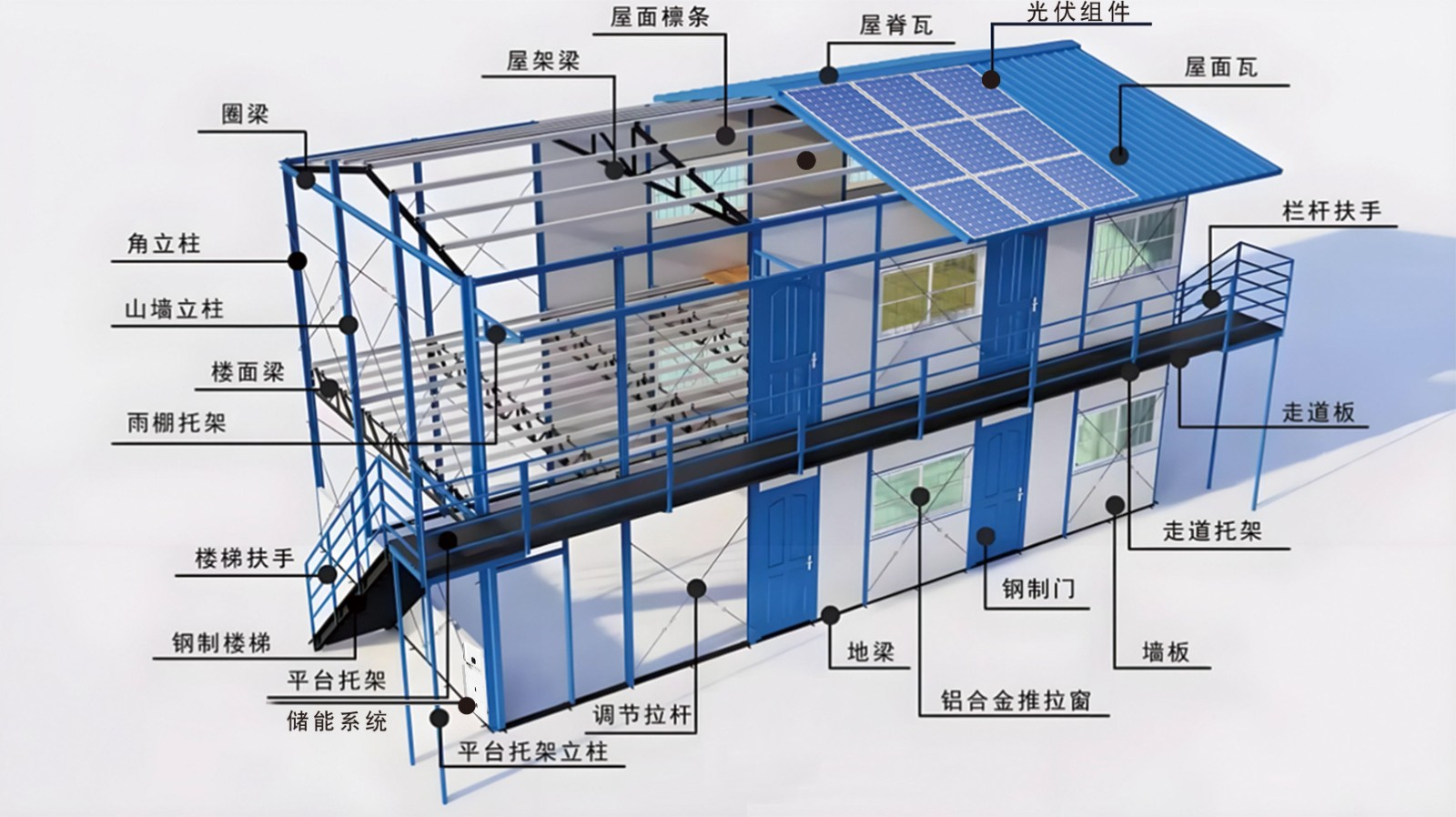
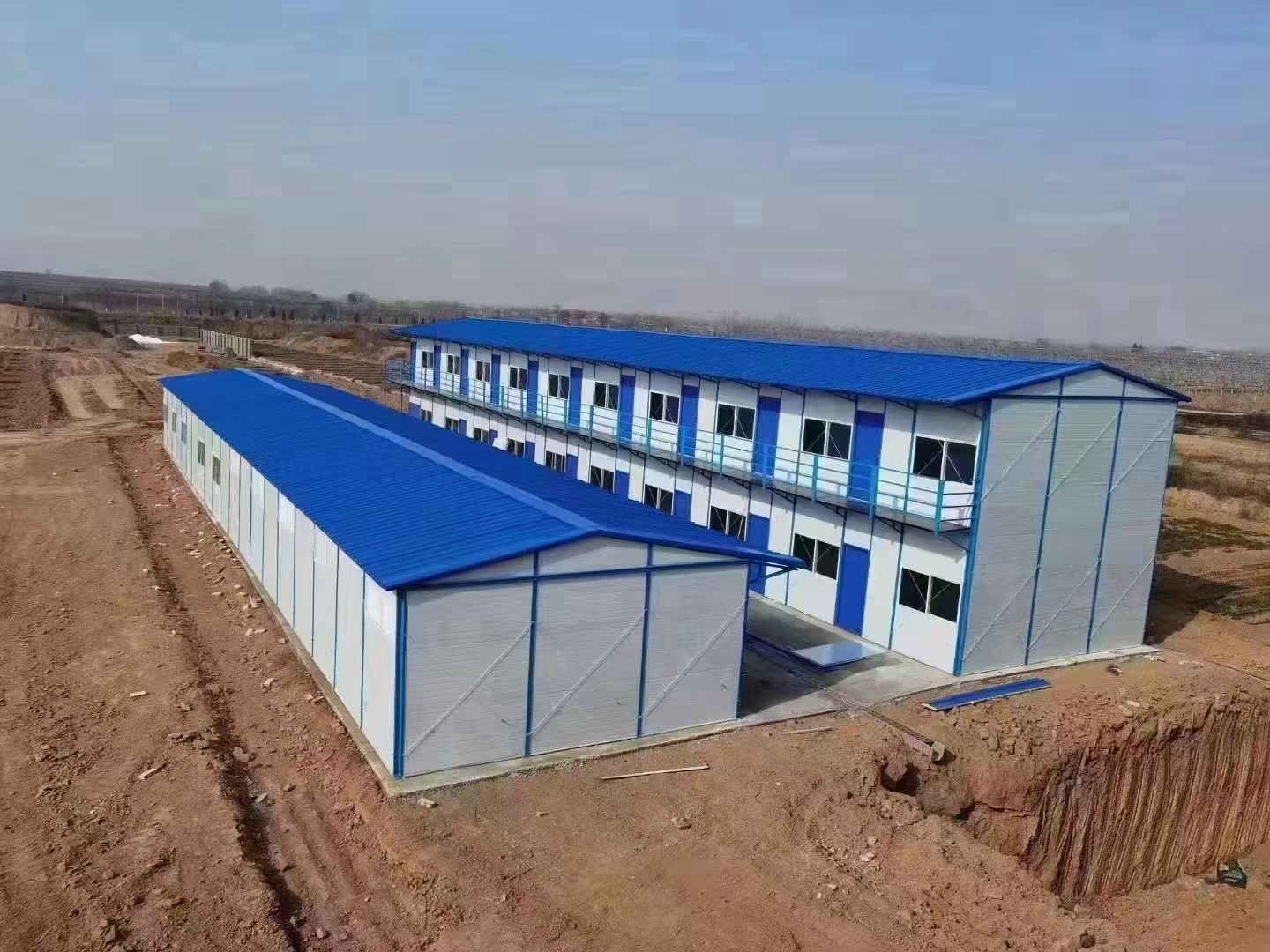

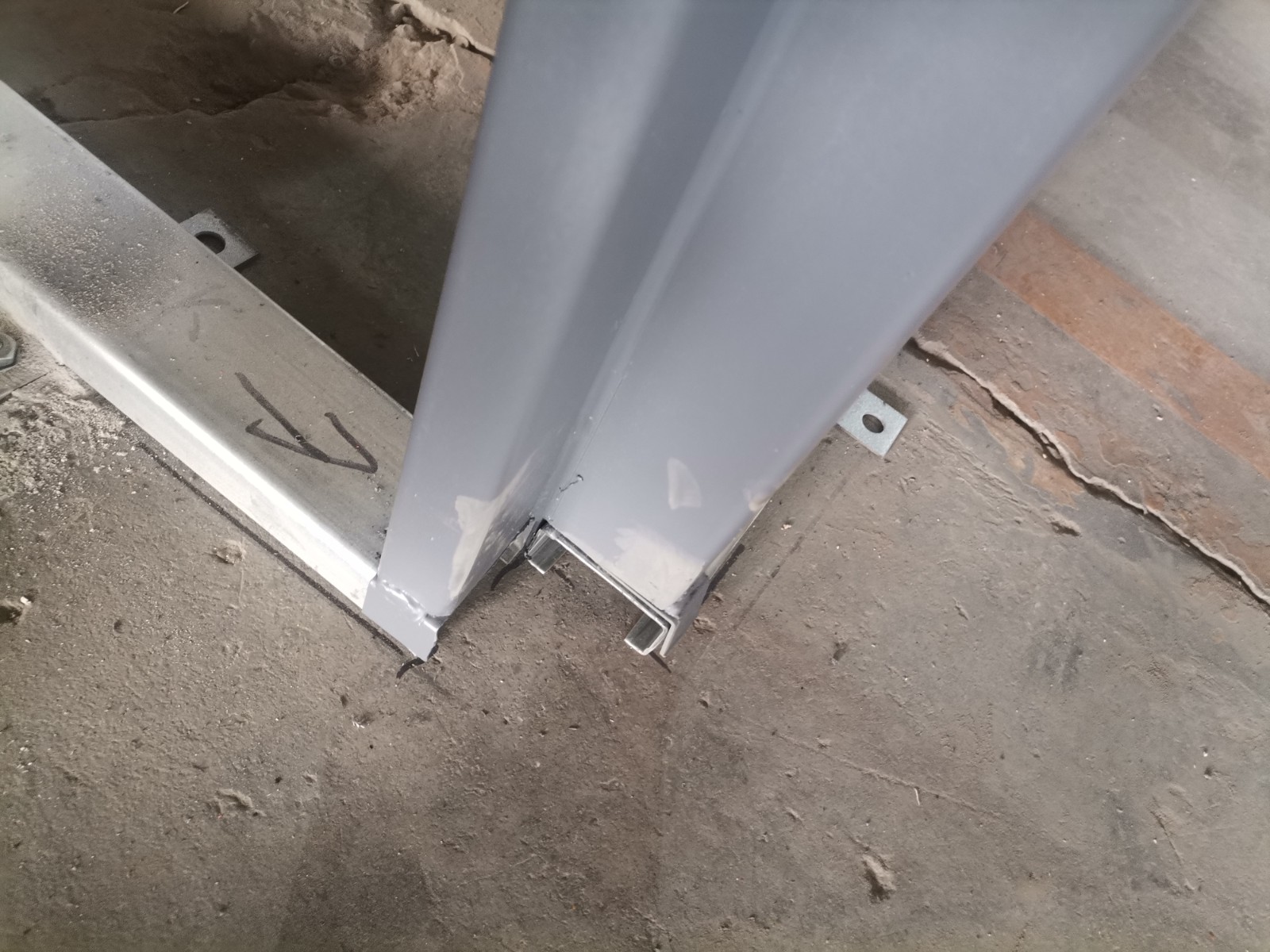
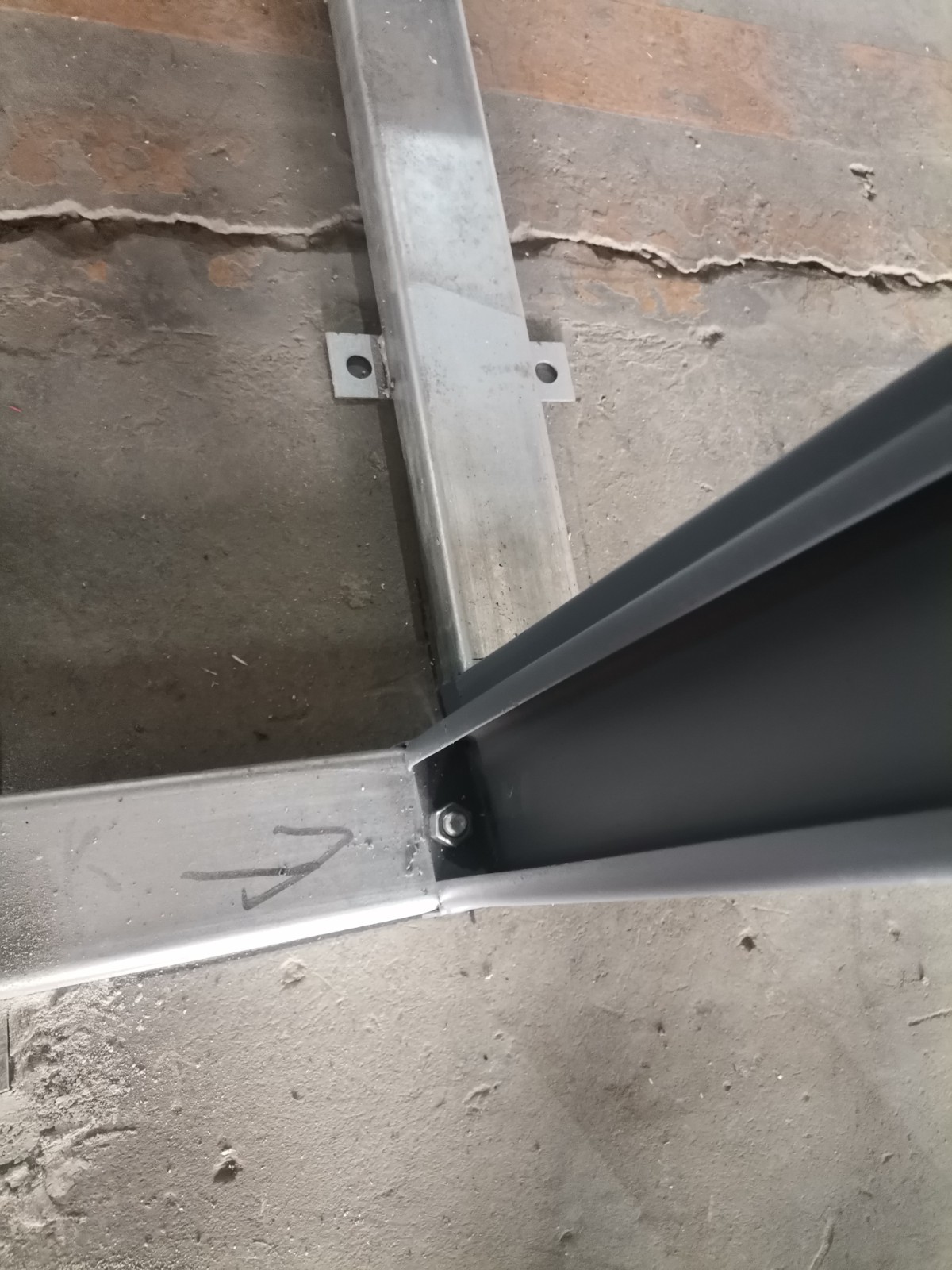

Monocrystalline silicon photovoltaic panels are a type of efficient and stable solar power generation equipment made of monocrystalline silicon materials and widely used in photovoltaic power generation systems. Its core advantages lie in high photoelectric conversion efficiency, excellent weak light performance and long life, and it is an important part of the modern clean energy field.

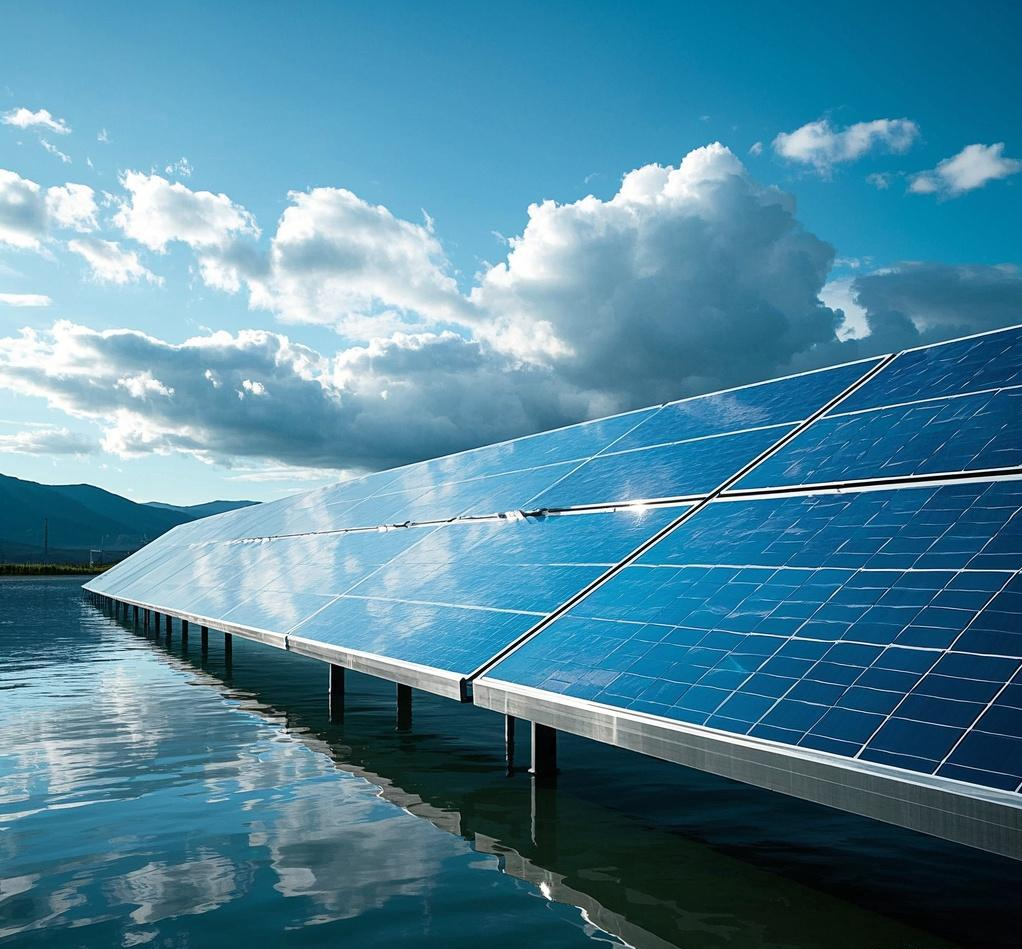
The energy storage system we launched is an intelligent energy solution that integrates lithium iron phosphate batteries and high-performance inverters. It is designed for home, industrial and commercial, microgrids, and source-grid-load-storage scenarios. The light energy storage system adopts a modular design, supports stacking and wall-mounted installation, and flexibly adapts to different space requirements. It also has the characteristics of efficient energy conversion, long life, high safety and intelligent management.
Product Features
Efficient Energy Conversion
Adopting high-quality lithium iron phosphate batteries, the cycle life exceeds 6,000 times and the service life is more than 10 years.
The inverter has a maximum conversion efficiency of more than 98% and supports fast charging and discharging.
Intelligent Management System
The prefabricated houses below 20k of photovoltaic storage intelligence are equipped with advanced battery management systems (BMS), which monitor the battery status in real time and provide multiple protections such as overvoltage, undervoltage, and overtemperature. Supports multiple communication protocols such as RS485 and CAN, and can be seamlessly integrated with mainstream inverters.
High Safety
Lithium iron phosphate batteries have excellent thermal stability and will not cause thermal runaway even under extreme conditions.
The inverter has a complete fault protection function to ensure the safe operation of the system.
Application scenarios
Home energy storage
Combined with solar panels, store excess energy during the day and use it at night or during power outages.
Provide backup power to ensure that basic household appliances operate normally during power outages.
Industrial and commercial energy storage
Charge when electricity prices are low and discharge during peak hours to reduce electricity costs.
Improve energy efficiency and reduce dependence on the power grid.
Microgrid
Support off-grid and grid-connected operation to improve energy self-sufficiency.
Optimize the use of distributed energy and reduce the instability of new energy generation.
Source-grid-load-storage
Smooth power fluctuations on the power generation side and the user side to improve the quality of the power grid.
Realize primary and secondary frequency modulation control to improve power grid stability
